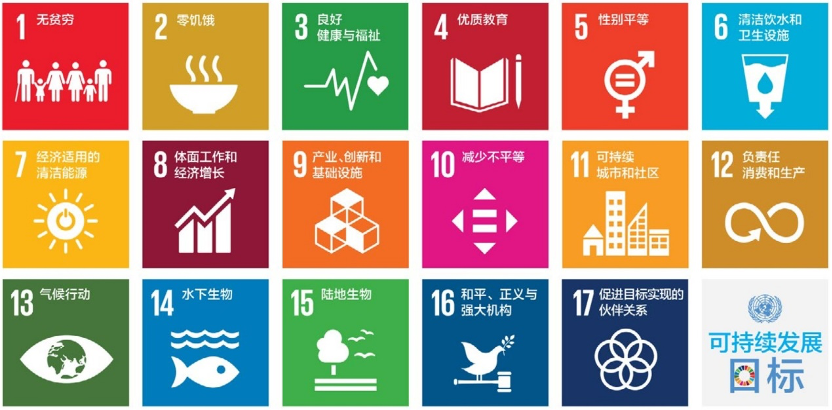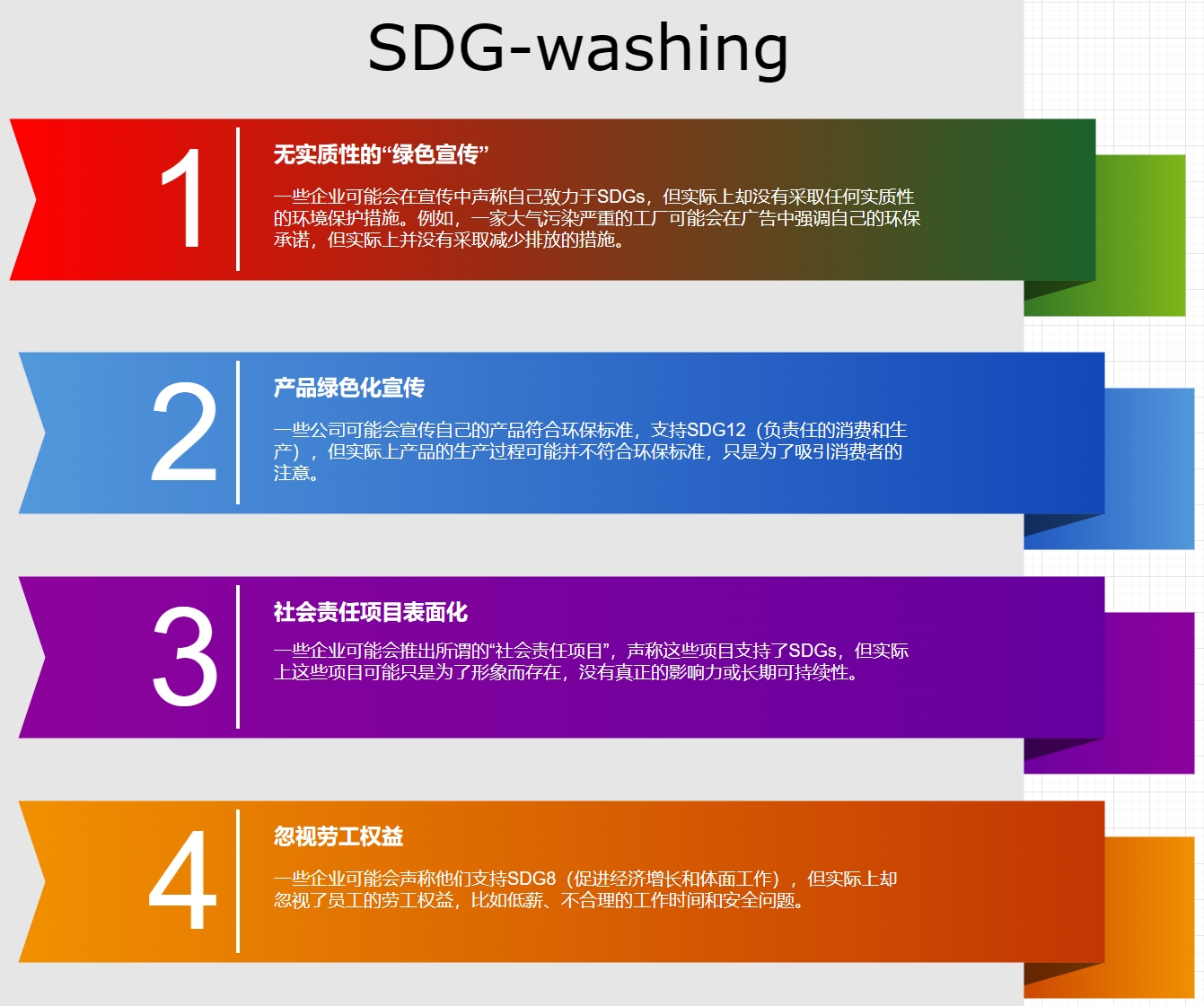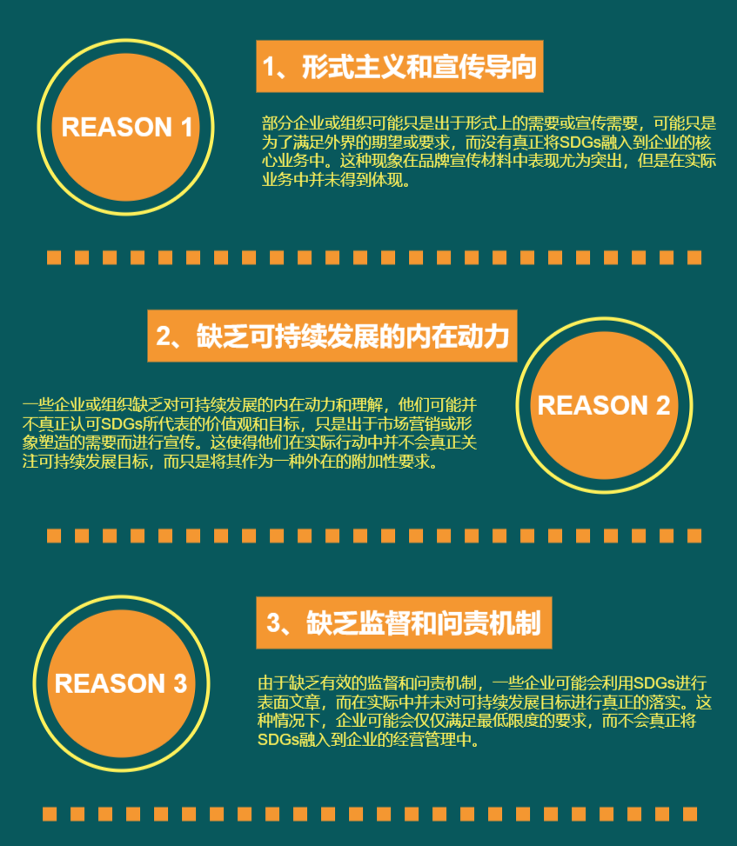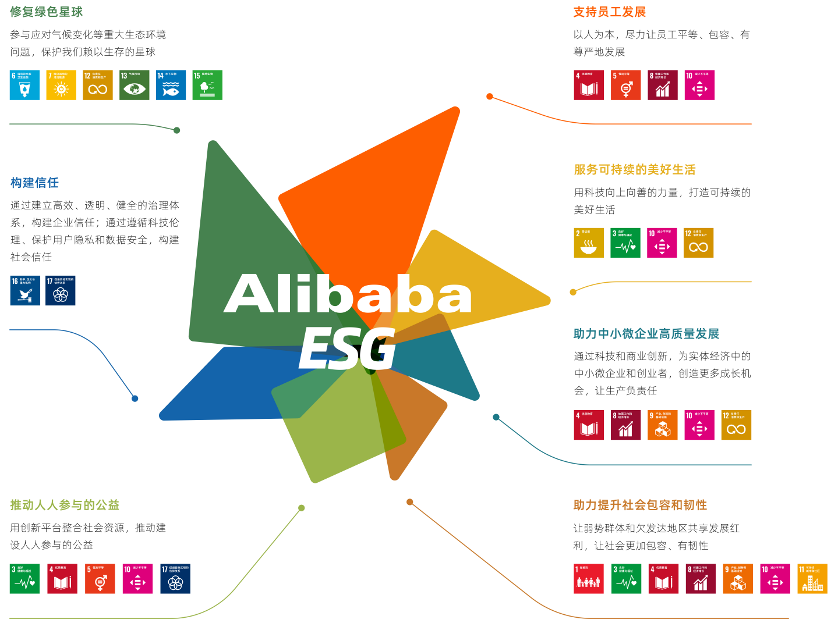A few days ago, Director Luo Zhaohui of the China International Development Cooperation Agency spoke at the 2023 China Economic and Social Forum "High-Quality Co-Building 'One Belt, One Road'" sub-forum. He mentioned the United Nations Sustainable Development Goals (hereinafter referred to as "Sustainable Development Goals") 6 times. SDGs).
On the one hand, the global progress in achieving SDGs goals has obviously slowed down in recent years. Against this background, President Xi Jinping proposed the Global Development Initiative (GDI) two years ago. This is an important supplement and expansion of the “One Belt, One Road” initiative and aims to connect and integrate Accelerate the promotion of SDGs, reunite development consensus, promote common development, and announced 32 major implementation measures last year. On the other hand, the Belt and Road Initiative and GDI are both for shared development and to accelerate the implementation of SDGs, and they also exceed the SDGs that expire in 2030.
What is SDGs?
The SDGs are a global agenda adopted by United Nations member states in 2015 to address global social, economic and environmental issues. The SDGs include a total of 17 goals and 169 specific indicators, covering poverty, hunger, health, education, gender equality, clean water, sustainable energy, reducing inequality, climate change, sustainable cities, protecting ecosystems, etc. aspect.

United Nations Sustainable Development Goals
SDGs are a globally recognized framework and common discourse system for sustainable development. It aims to thoroughly solve social, economic and environmental development problems in a comprehensive manner before 2030. It is a global agenda that involves social, economic and environmental issues on a global scale. The implementation of the SDGs requires the joint participation and cooperation of governments, businesses, non-profit organizations and civil society. Only through global cooperation and coordination can the SDGs goals be achieved.
At the same time, SDGs are an important tool to promote sustainable development. As the global population grows, resource consumption and environmental pollution intensify, achieving sustainable development has become a global consensus. Many companies at home and abroad are implementing SDGs goals. In ESG reports or sustainability reports, SDGs are often linked to the vision disclosure.
However, according to the United Nations' Sustainable Development Goals Report 2023: Special Edition, nearly half of the SDGs goals are moderately or seriously off track, and more than one-third of the goals have even stagnated or regressed. Echoing this situation is the SDG-washing behavior of enterprises.
SDG-washing current situation and cause analysis
“SDG-washing” means that companies or organizations only superficially claim that they are actively supporting or achieving the United Nations Sustainable Development Goals (SDGs), but in fact do not take substantive actions. This approach aims to enhance its own image through publicity related to SDGs, rather than truly making substantive contributions to sustainable development. This is specifically reflected in the following four aspects.

4 cases of SDG-washing
Most companies experiencing the SDG-washing phenomenon suffer from formalism and propaganda-oriented problems. Behind this problem is the company's lack of intrinsic motivation for sustainable development as well as supervision and accountability mechanisms.

causes for SDG-washing
The so-called formalism and publicity orientation means that some companies or organizations may only do so for formal needs or publicity needs, or to meet external expectations or requirements, without truly integrating SDGs into the core business of the company. This phenomenon is particularly prominent in brand promotional materials, but it is not reflected in actual business.
The underlying reason for formalism is that enterprises lack the internal motivation for sustainable development. Some companies or organizations lack the intrinsic motivation and understanding of sustainable development. They may not truly recognize the values and goals represented by the SDGs and only promote them for marketing or image building needs. This makes them not really pay attention to the sustainable development goals in actual actions, but only regard them as an external additional requirement.
Since the implementation of SDGs lacks supervision and accountability mechanisms, it relies more on corporate self-awareness. Therefore, some companies may use SDGs for superficial purposes without actually implementing the sustainable development goals. In this case, the company may only meet the minimum requirements without actually implementing the SDGs into the company's operation and management.
How can companies promote the implementation of sustainable development goals?
Enterprises can implement SDGs internally by formulating strategic plans, integrating SDGs into business operations, and establishing SDGs indicator systems and performance evaluation indicators. Companies can implement SDGs externally by strengthening stakeholder participation and disclosing relevant reports to improve transparency.
Incorporate SDGs into corporate strategic planning
Starting from the top-level design, companies should incorporate SDGs into strategic planning and clearly integrate sustainable development goals into the company's core business. This includes setting specific SDGs goals, formulating corresponding policies and measures, and integrating SDGs with the company's long-term development strategy. As shown in the figure below, Alibaba integrates SDGs into its corporate development strategic planning.

Alibaba integrates SDGs into corporate development strategic planning
In addition, companies can integrate SDGs into daily business operations by adjusting products and services, optimizing supply chains, and improving energy efficiency. It is worth mentioning that if companies want to implement it at the operational level, they need to tailor their plans.
Establish SDGs indicator system and performance evaluation indicators
Enterprises can develop a scientific SDGs indicator system to evaluate and monitor their performance in SDGs. SDGs indicators should be measurable, comparable and traceable, and be able to reflect the company's contribution and results in the implementation of SDGs. At the same time, companies need to establish corresponding performance evaluation indicators to monitor and evaluate the implementation of SDGs. This helps companies understand their progress in achieving the SDGs, identify problems and adjust strategies in a timely manner.
For example, in order to achieve net-zero emissions by 2050, Safaricom’s employees selected climate-related SDGs and transitioned a certain number of energy types from fossil fuels to solar employee personal KPIs, which made every employee Able to actively participate in the progress of corporate sustainable development goals.
Disclose relevant reports to increase transparency
Enterprises should establish an effective monitoring and reporting mechanism to track the implementation of SDGs, publicly disclose the implementation status and results of SDGs in a timely manner, establish transparent communication channels, share the company's SDGs implementation progress and results with stakeholders, and enhance social trust and recognition. .
For example, Yili Group is one of the first domestic companies to publicly disclose the implementation of SDGs. In 2022, Yili released the "Yili Group Zero-Carbon Future Plan" and "Yili Group Zero-Carbon Future Plan Roadmap", stating that Yili has achieved carbon peak in 2012 and will achieve carbon neutrality in the entire industry chain by 2050.
Strengthen stakeholder engagement
Enterprises should actively cooperate with stakeholders (including governments, non-governmental organizations, consumers, employees, etc.) to jointly promote the implementation of SDGs. By establishing partnerships, companies can better understand the needs and expectations of all parties and develop sustainable development plans that are more realistic.
Through the above methods and paths, companies can better implement SDGs, contribute to the realization of sustainable development goals, and gain commercial benefits and competitive advantages at the same time. As the concept of sustainability continues to deepen, companies are increasingly realizing that sustainable development is an opportunity rather than a burden. It is an opportunity to transform organizations, processes, products and services.
References
[1] "How should companies implement the Sustainable Development Goals (SDGs)? ”, Stanford Social Innovation Review
[2] "2023 Automobile Sustainability White Paper", Capgemini Amazon Cloud Technology
[3] "2023 United Nations Sustainable Development Goals SDGs Strategic White Paper", Fii Industry
[4] "Towards Zero Carbon—Green Transformation Based on Technological Innovation", Sequoia China